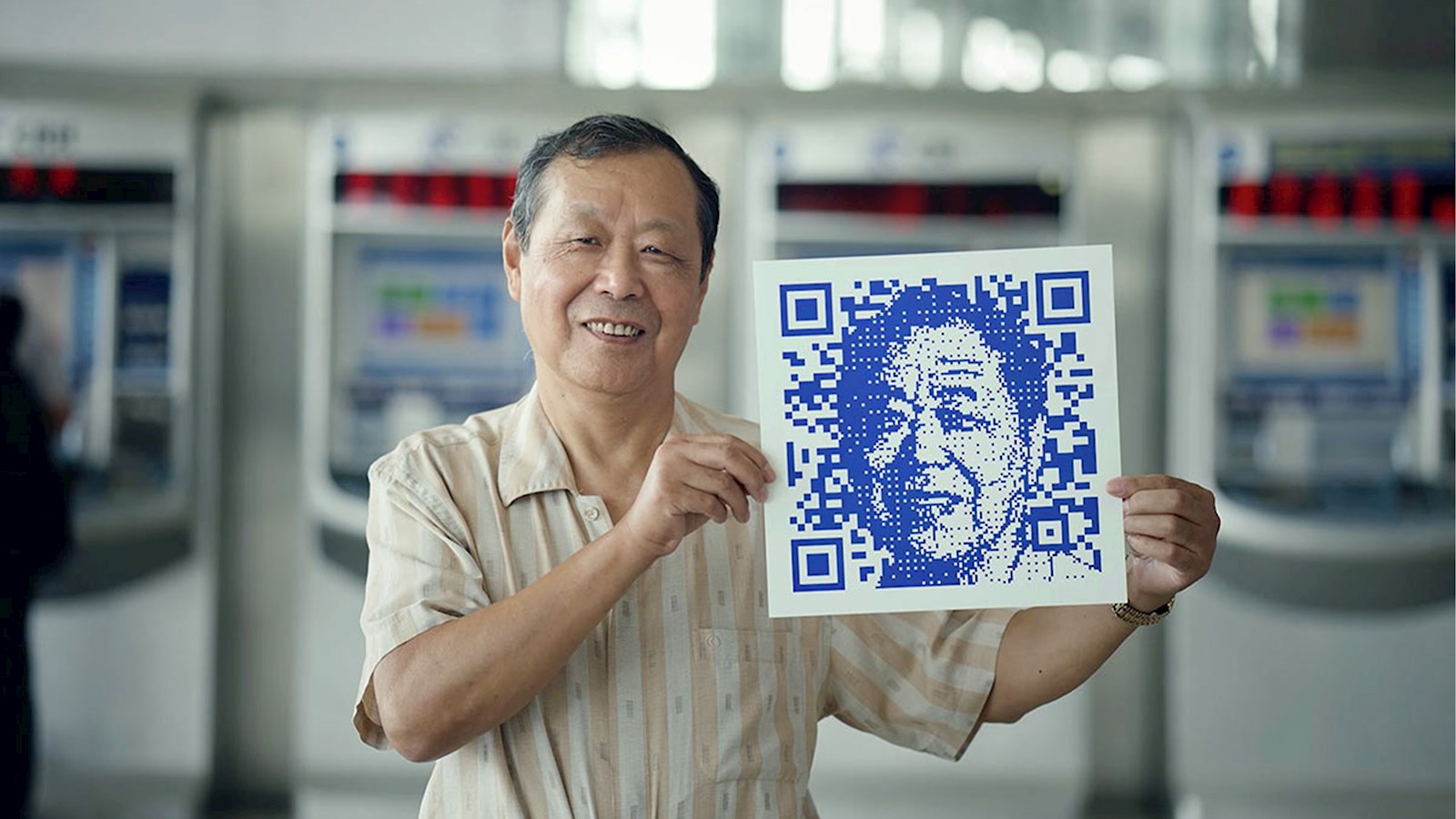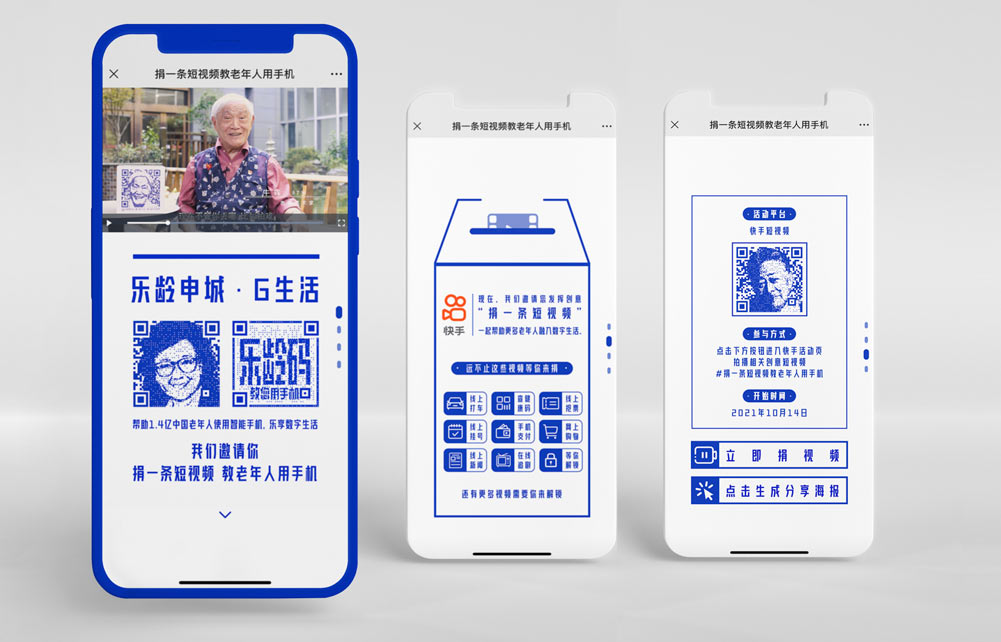
Ogilvy: Care Codes

Ogilvy: Care Codes
Connecting 140 million elderly in China to the digital world
From buying groceries and booking train tickets to making medical appointments and hailing taxis, just about everything today can be done on smartphones.
But, for the 140 million elderly people in China who don’t know how to use a smartphone, the digitalisation of services, accelerated by the pandemic, has left many isolated. To reconnect them to the digital world, Ogilvy re-imagined the QR code.
The QR code, which can often evoke frustration amongst seniors, was refashioned into the Care Code (乐龄码). A smiling symbol which elderly people can use to reach simplified versions of China’s most common digital tools including Didi and Alipay.
By scanning the Care Code, users can also access a learning platform where they can acquire useful knowledge and consult retirement-related information and book local offline classes.

The Care Codes will be displayed in key locations across Shanghai’s 16 districts, including community centres, subway stations and banks to indicate the presence of volunteers who can assist with anything from paying utility bills to making online appointments.
During China’s Double Ninth Festival (October 14), a traditional festival for young people to show their respect for older generations, local government units and Ogilvy collaborated to encourage inter-generational knowledge transfer by launching a creative digital donation campaign.
Ogilvy partnered with Kuaishou to encourage Chinese youngsters, who are typically prolific content creators, to donate short videos teaching seniors how to use smartphones in daily life scenarios. Six celebrity ambassadors were recruited to promote the initiative alongside livestreaming star Austin Li.
The campaign supports the collective efforts from the CPC Shanghai Municipal Committee’s Bureau of Veteran Cadres, the Shanghai Spiritual Civilization Construction Commission Office, the Shanghai Health Commission, the Shanghai Economy and Informatization Commission, the Shanghai Bureau of Communication Management and the Shanghai Association for Science and Technology.

